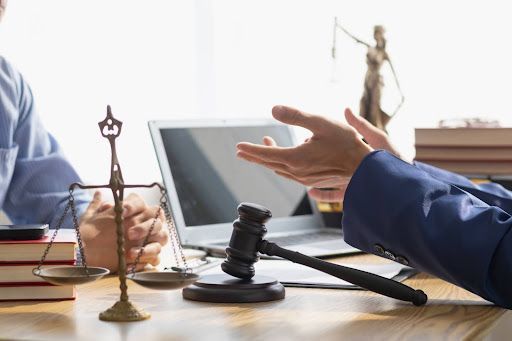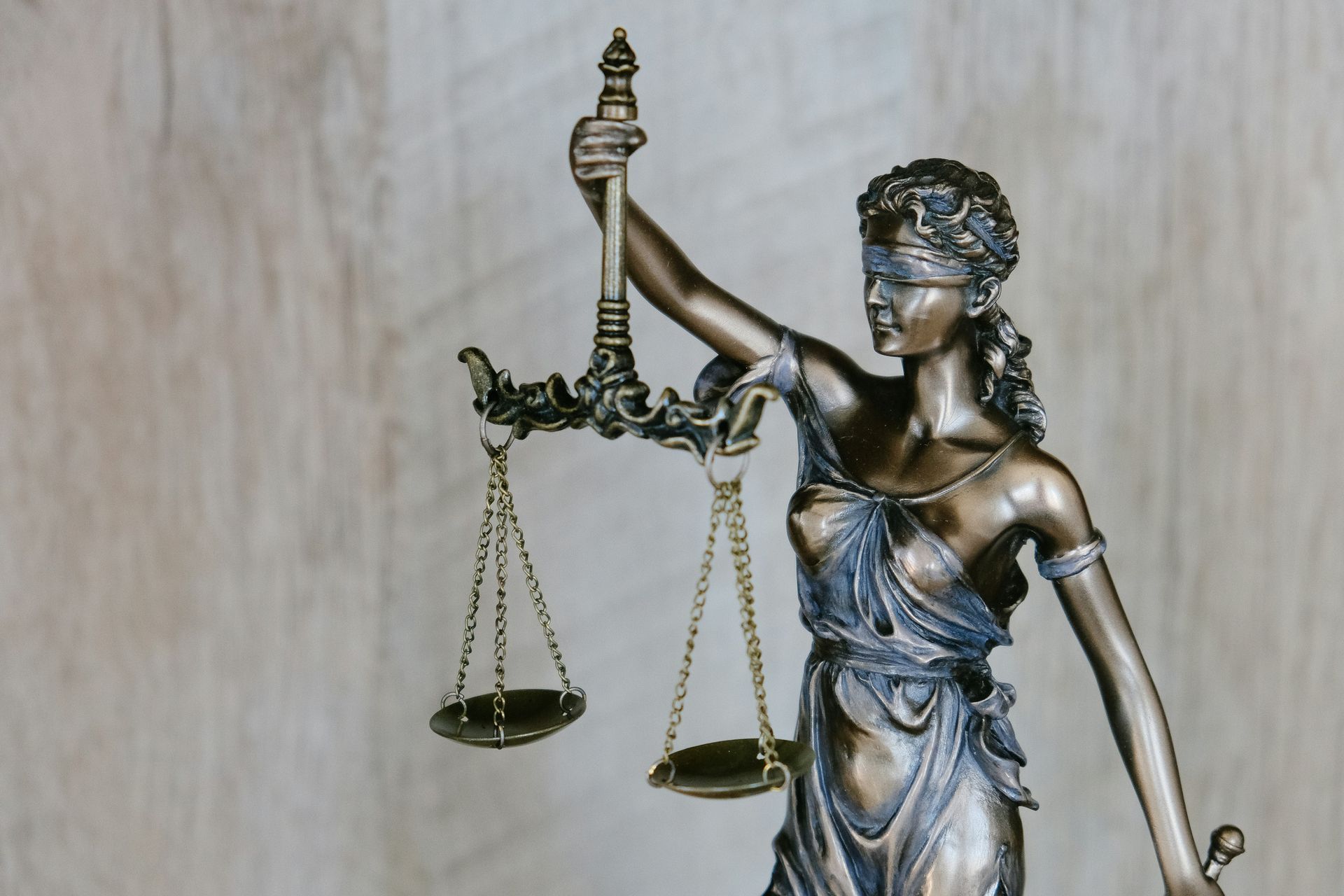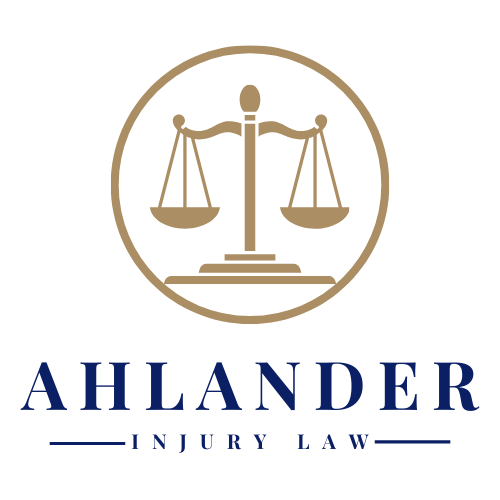Legal Protocols Post-Slip: Next Steps After a Fall
Slip and fall accidents are prevalent incidents that can lead to severe injuries and lasting repercussions. These mishaps often arise from hazards such as wet floors, uneven surfaces, and insufficient lighting. Across the United States, slip and fall accidents are a major concern, with thousands of cases reported each year. In Nevada, these incidents form a substantial part of personal injury claims. Understanding the nature, causes, and impact of these accidents is essential for individuals and property owners alike to ensure safety and preparedness.
Understanding Slip and Fall Accidents
Slip and fall accidents occur when an individual loses their footing due to a hazardous condition on a property.
Common causes include wet or slippery floors, uneven or damaged surfaces, poor lighting, and obstacles in walkways. These hazards can be found in various settings, from grocery stores and restaurants to private residences and public spaces.
The National Floor Safety Institute reports that falls account for over 8 million hospital emergency room visits, representing the leading cause of such visits (21.3%). In Nevada, slip and fall accidents are prevalent, particularly in urban areas like Las Vegas, where bustling foot traffic and numerous entertainment venues increase the risk of such incidents.
The impact of slip and fall accidents on individuals can be severe, leading to injuries such as fractures, sprains, head trauma, and even long-term disabilities. These injuries can profoundly affect a person's quality of life, resulting in physical pain, emotional distress, and financial burdens due to medical expenses and lost wages.
Immediate Steps After a Fall
If you experience a slip and fall accident, it's crucial to prioritize your safety and well-being. First, assess your condition to determine if you can move without causing further harm. If you're injured, seek medical attention promptly. Even if you don't feel immediate pain, a medical evaluation is crucial to identify any underlying injuries that may not be apparent at first.
Documenting the scene of the accident is also vital. Take photographs of the area where the fall occurred, capturing any hazards that contributed to the incident. Note the date, time, and any environmental conditions, such as weather or lighting, that may have played a role.
Reporting the Incident
Once you've attended to your immediate health needs, report the accident to the property owner or manager. Provide a detailed account of what happened, including the location, time, and any contributing factors. This report serves as an official record that can be important in legal proceedings and insurance claims.
When communicating with property owners or managers, remain calm and factual.
Ensure that the incident is documented accurately, and request a copy of the report for your records. This documentation can be invaluable if you decide to pursue a legal claim.
Gathering Evidence
Collecting evidence is a critical step in supporting any future legal claims. Obtain witness statements from anyone who saw the fall or the hazardous condition. If possible, take photographs and request access to security camera footage that may have captured the incident.
Keep detailed records of all medical visits, treatments, and expenses related to the accident. Maintaining a personal injury journal can also be helpful, as it allows you to document your pain, recovery process, and the impact on your daily life.
Understanding Liability and Negligence
In slip and fall cases, legal concepts like premises liability and negligence are key factors. Premises liability holds property owners responsible for maintaining safe conditions on their property. If a property owner fails to address a known hazard or provide adequate warnings, they may be deemed negligent.
Proving negligence can be complex, requiring evidence that the property owner knew or should have known about the hazard and failed to take appropriate action. A legal expert can assist in navigating these complexities.
Contacting a Personal Injury Lawyer
Consulting with a personal injury lawyer is advisable after a slip and fall accident. A lawyer can evaluate your case, negotiate with insurance companies, and represent you in court if necessary. When choosing a lawyer, consider their experience, specialization in personal injury law, and client reviews.
Navigating Insurance Claims
Filing an insurance claim is often necessary after a slip and fall accident. The process can be challenging, as insurance companies may attempt to minimize payouts. Having legal representation can help ensure you receive fair compensation for your injuries and losses.
Local Context: Slip and Fall Accidents in Las Vegas
In Las Vegas, specific local regulations and ordinances govern property safety and slip-and-fall incidents. The city's vibrant nightlife and entertainment scene contribute to a higher incidence of these accidents. Recent local news stories highlight the prevalence of slip and fall cases and their varied outcomes.
Cultural factors unique to Las Vegas, such as the influx of tourists and the prevalence of large venues, can influence the occurrence and handling of slip-and-fall accidents. Understanding these local dynamics is essential for both residents and visitors to navigate potential hazards effectively.
The Role of Weather Conditions
Weather conditions can significantly affect the likelihood of slip and fall accidents. Rain, snow, or ice can create slippery surfaces, increasing the risk of falls. Property owners must take extra precautions during adverse weather conditions to ensure pathways are safe and free from hazards.
Legal Obligations of Property Owners
Property owners have a
legal obligation to maintain safe environments for visitors. This includes regular inspections to identify and rectify potential hazards. Failure to do so can result in legal liability if an accident occurs due to negligence.
The Importance of Safety Measures
Implementing safety measures is crucial in preventing slip and fall accidents. This can include installing adequate lighting, using non-slip mats, and clearly marking wet or uneven surfaces. Regular training for staff in identifying and addressing hazards is also vital in high-traffic areas.
The Psychological Impact of Slip and Fall Accidents
Beyond physical injuries, slip and fall accidents can have psychological impacts. Victims may experience anxiety, depression, or a fear of falling again. Addressing these psychological effects is an essential part of the recovery process.
Rehabilitation and Recovery
Rehabilitation is often necessary for individuals who have suffered significant injuries from a slip and fall accident. Physical therapy, occupational therapy, and counseling may all play a role in helping victims regain their mobility and confidence.
The Role of Witnesses
Witnesses can provide crucial evidence in slip-and-fall cases. Their testimony can help establish the conditions that led to the accident and support claims of negligence. It's important to collect contact information from any witnesses at the scene.
The Impact on Businesses
For businesses, slip and fall accidents can have significant implications. Beyond potential legal liability, these incidents can damage a business's reputation and result in financial losses. Implementing comprehensive safety protocols is essential to mitigate these risks.
Slip and fall accidents represent a significant concern in Las Vegas and beyond. By understanding the causes and taking immediate steps after a fall, individuals can protect themselves and ensure their rights are upheld. Recognizing legal obligations and implementing effective safety measures are crucial for property owners to prevent these incidents. If you have experienced a slip-and-fall accident, seeking legal counsel can help you navigate the complexities of your case and pursue the compensation you deserve.
For assistance with your case,
contact Ahlander Injury Law today. Our team is dedicated to helping you understand your rights and options following a slip and fall accident.





